The Heartbeat of the Maasai People: A Story of Endurance
When traveling through Kenya, you are likely to come across the Maasai Tribe, a semi- nomadic and pastoral community of people that are fighting to retain most of their traditions. The Maasai People are famously known for their unique customs that are rooted in co-existing with wildlife and the herding of livestock. I was fortunate to spend a bit of time with a local Maasai Tribe learning about their way of life. Honestly, you are both perplexed and inspired by an indigenous community whose way of life and survival is threatened every day. Here’s what I’ve learned about the Maasai Tribe and their endurance to survive….
But First a Bit of History
It is estimated that the Massai population is about 2 million in East Africa, mostly in Kenya and Tanzania. In the late 1800 and 1900, they fought the British resisting the slave trade and the occupying of their land, only to be defeated. The British colonizers not only push the Massai tribes into less productive land areas but also violated every agreement they were forced to sign. Sound all too familiar to the US government’s treatment of Native Americans pushing them into reservations and violating their treaties. After the British left, most of their lands needed for grazing were not returned to them by the Kenya and Tanzania governments affecting their livelihood.
Over time, the Maasai have had to make many adjustments to their way of life to fit in with the modern world and to continue to survive as a community. They continue to raise cattle, sheep and goats. They are part of the safari tourism industry where some work protecting wildlife from poachers, along with selling jewelry and other items to tourists and residents. Climate change is already impacting the grazing of cattle brought on by droughts and the loss of pools of water. The encroachment on pastoral lands remains an ongoing battle. More recently, the Tanzania government was presented with an injunction when it tried to forcefully evict a Maasai community of 70,000 from its land to lease to a hunting firm for wildlife trophy hunting owned by the United Arab Emirates. This may very well be a battle they lose as the Tanzania’s economy depends heavily on ecotourism.
Visiting a Maasai Village
I asked my Safari tour guide if he could arrange for me to visit a village. There are tours available to visit the Maasai community. I am not so sure how much of the fees charged are passed on to Maasai leaders. For $25, I spent 90 minutes at a village located outside of the Mara Maasai National Reserve. This was a small village consisting of 20+ huts with a school in the vicinity provided by the government. I chatted first with the leader who then turn me over to one of the English-speaking villagers. This young man took my hand and introduced me to a group of about 20 men and women who immediately started singing and dancing, asking me to join their chorus line. Everyone was dressed in vibrant clothing (women in yellow and men in red plaid) with elaborate jewelry and hair accessories made by them. I was dressed in black among people who are genetically taller and slender, quite a contrast. After the dance and singing was done, about 10 men lined in a row and started to sing and jump. Each took turns showing how high they can jump. Some of them jumped as high as 2 feet from the ground. This is considered a form of strength and part of the ritual for attracting a future bride along with white painted stripes on their bodies to let females know they are single. A different approach from wearing a engagement or wedding band.
After the dancing, the young man led me into the actual village where the huts were lined up much like in a circle. These huts are quite small, made of mud and sticks with cow dung to waterproof them. The hut I was invited to enter contain three tiny rooms. The kitchen is just a hole in the ground covered with sticks near a window for the smoke to get out. There is no furniture as we know it. Much of what was there is makeshift. The young man encouraged me to ask questions. I asked them about school for the children which is provided by the government where they learn both their language and Swahili. They resist using hospitals as they feel they have their own medicine cultivated from plants. They do have a high infant mortality rate compared to the rest of the country’s population. They have no plumbing or electricity. Water is extracted from a nearby river for everything. They do boil the water for drinking. There are no bathrooms. When nature calls you, simply go to the bushes.
The men herd cattle and the women handle all the domestic needs along with making items for sale, mostly beaded jewelry. They have a marketplace within the village for tourists to purchase their items. Wealth is valued by how men can own and maintain livestock, especially cows and bulls. They can have more than one wife, although this is becoming less of a tradition, especially among those communities that choose to be Christian.
Prior to this visit, I had the opportunity to go to a Maasai Market where I was able see the selling or bartering of cattle and goats along with other items such as food, medicine and household items. There too, I had a young gentleman holding my hand walking me around the marketplace introducing me to sellers who asked me was I interested in buying a cow or a goat.
It’s important to note that not all Maasai people live in villages such as the one I visited. Also, not all villages are alike. A small percentage of Maasai people have mainstreamed into modern society, becoming educated while remaining connected to their communities. Many villagers are beginning to use cell phones and small solar mobile panels for electricity. Many are hired by the Safari industry as security or to reduce poaching. There are programs to compensate them when they lose livestock killed by lions or other wildlife to prevent reprisal. Overall, it is a community that is adjusting to changes while maintaining its customs and traditions.
Lastly, Some Reflections and My Photos
When visiting indigenous communities, it is so important to manage bias about how people choose to live that is entirely different from one’s background. As I walked through this village and communicated with the families, talked to the young men who were trying to teach me how to start a fire, and played with their children, it was very apparent to me that this was a happy society. One that was sheltered from the ravages of a modern society. In this village, they were safe and protected from the societal pressures that our families are exposed to daily. Their future is to maintain who they are and fight for their pastoral way of life and the control of their lands. Who are we to say this is unacceptable? There is no question that overtime the Maasai People will be forced to make many more adjustments and compromises to remain sustainable. Sadly, they have already lost quite a bit, similar to the Native American population in the US. I mentioned this to avoid us judging Kenya or the Tanzania government without us not looking at our own history of colonization.
My photos are of both the village and the marketplace. I also included photos of Maasai men walking through rural towns while on the road. These photos for me are indeed some of my favorites, a reminder of what was a humanistic experience that will stay with me. Remember to click the center of the photos for a full view of each photograph.

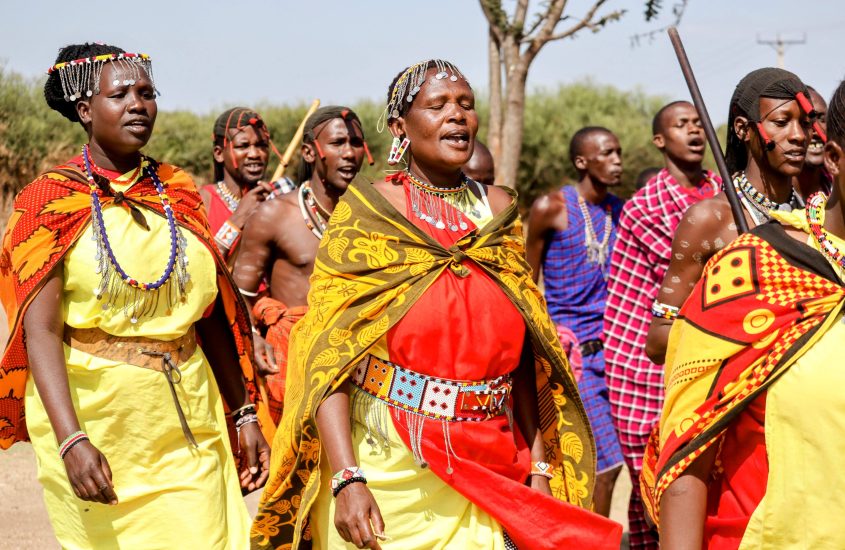
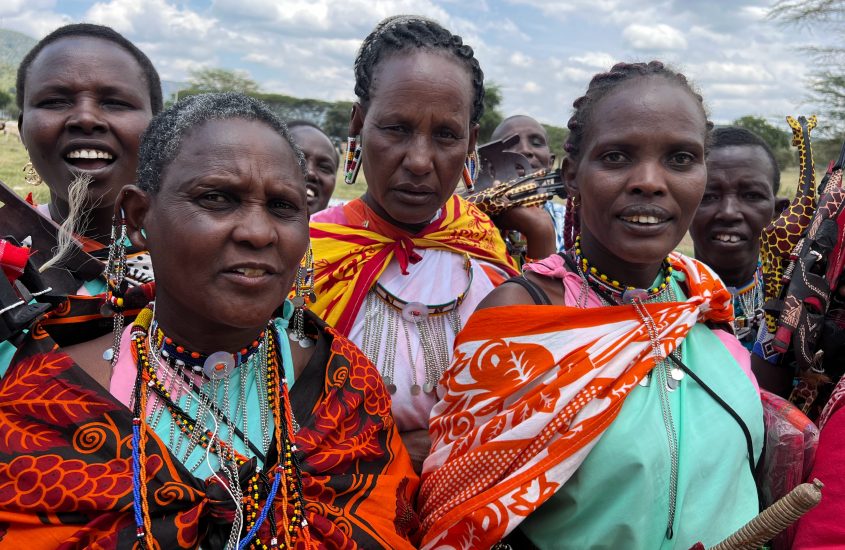
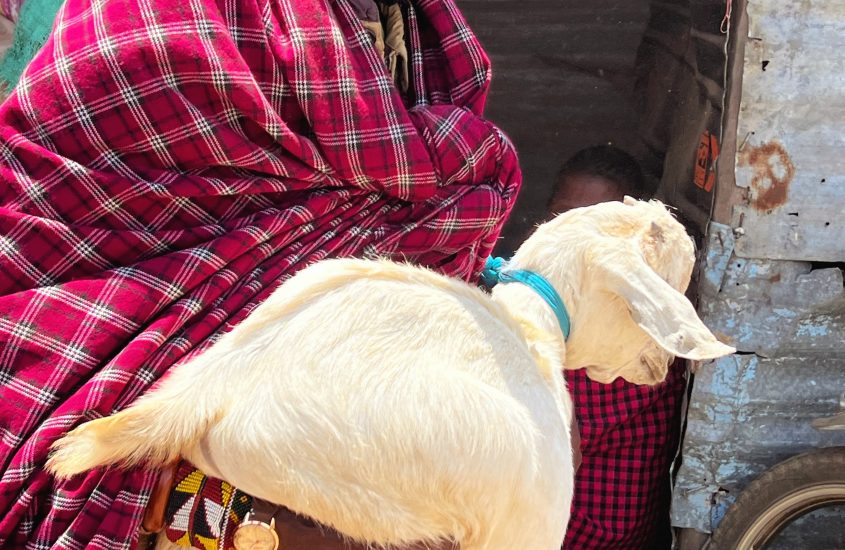
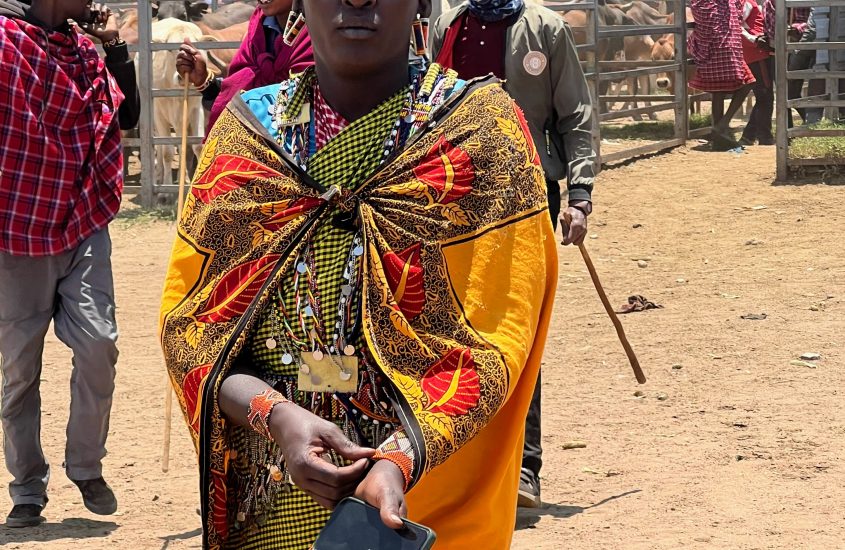
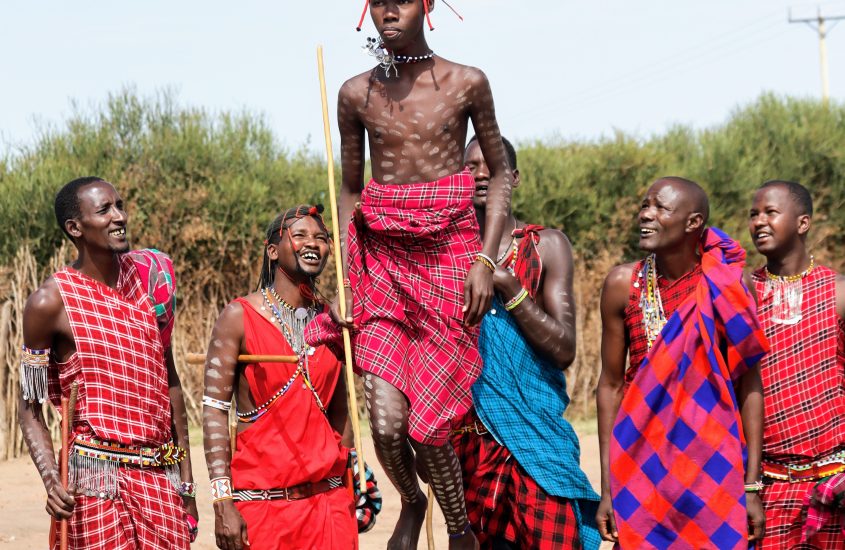
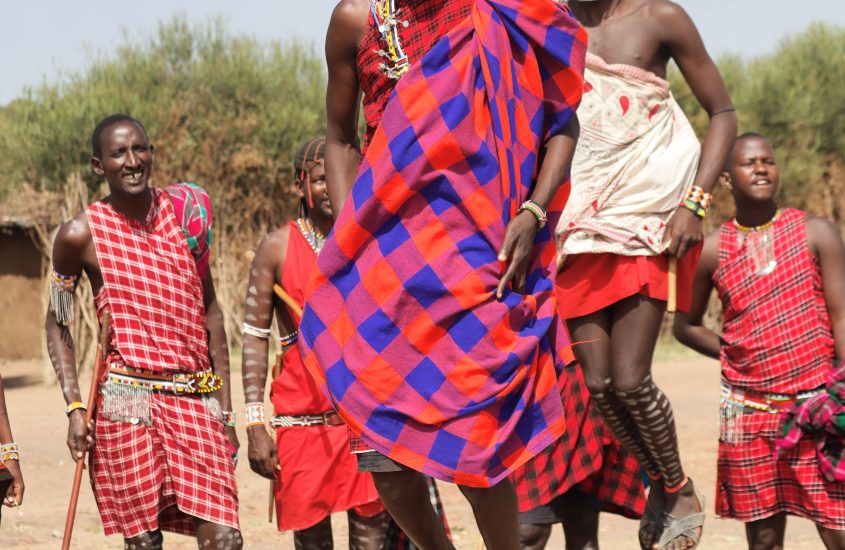
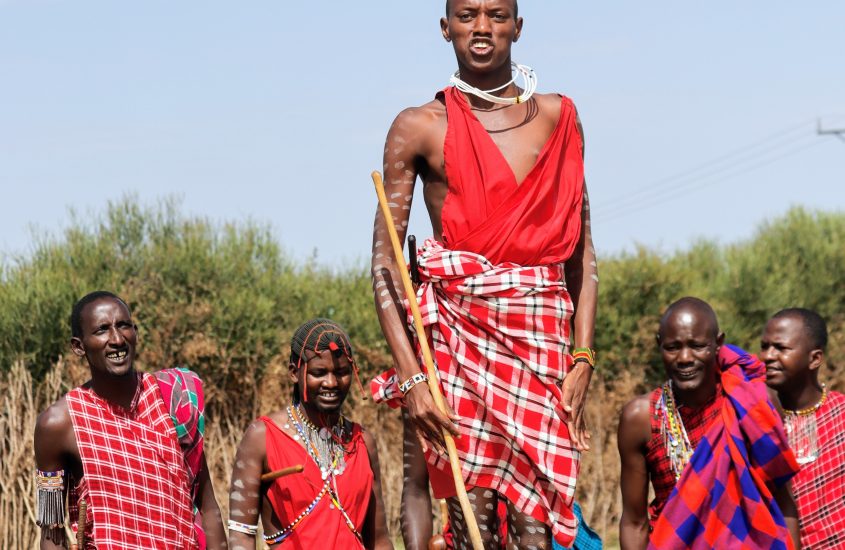
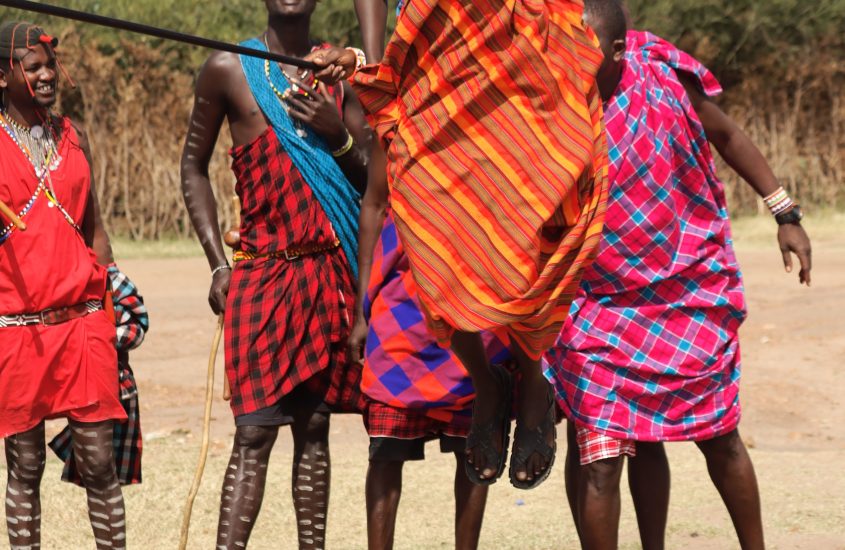


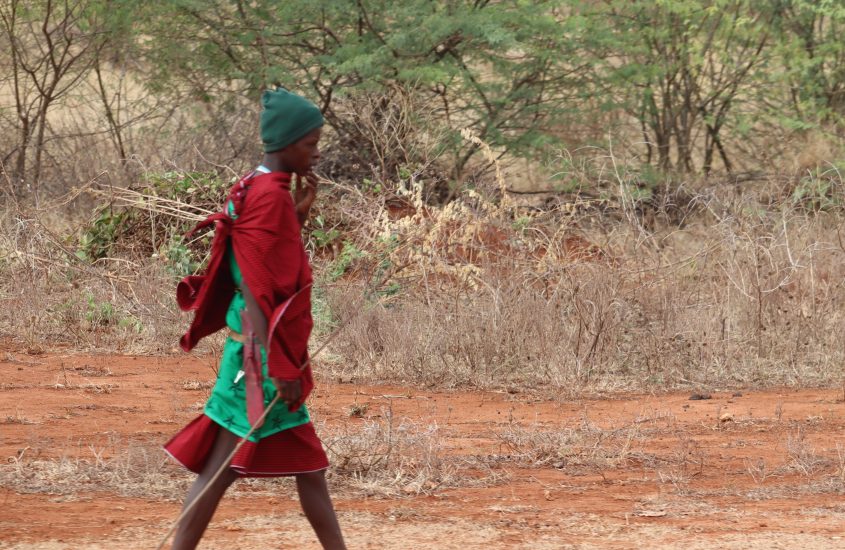
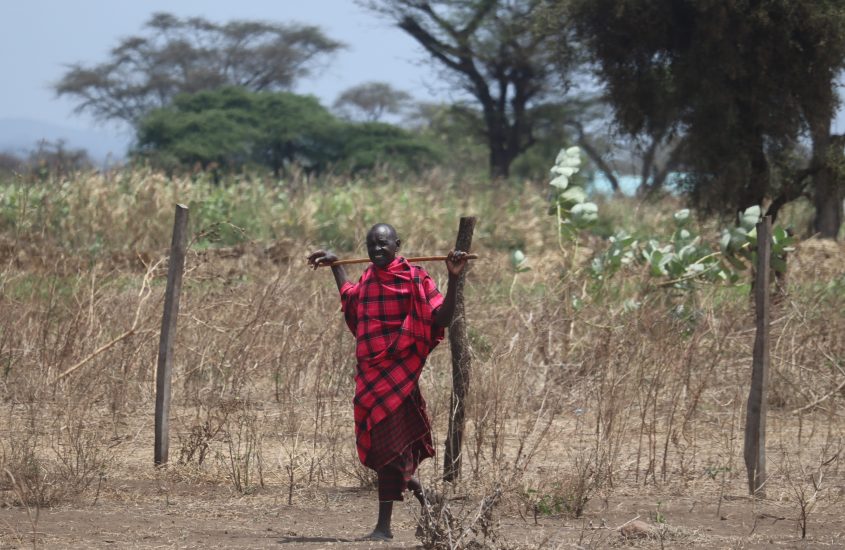
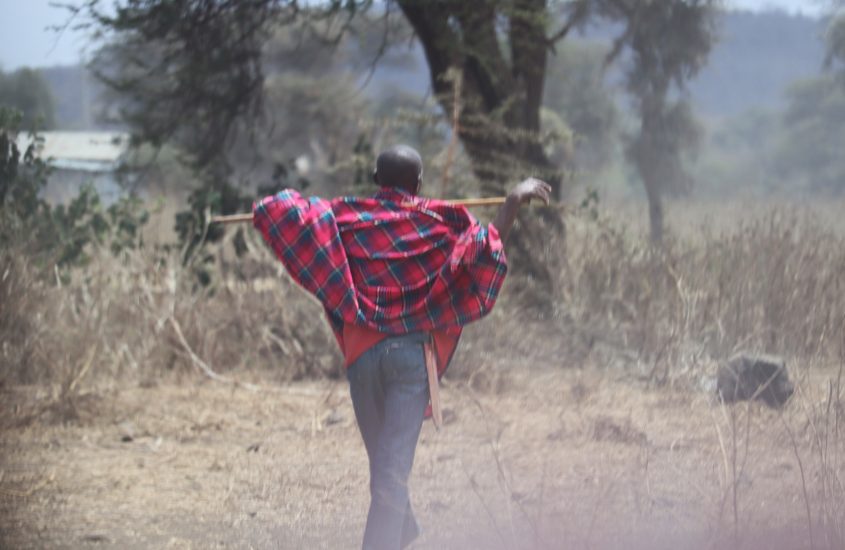
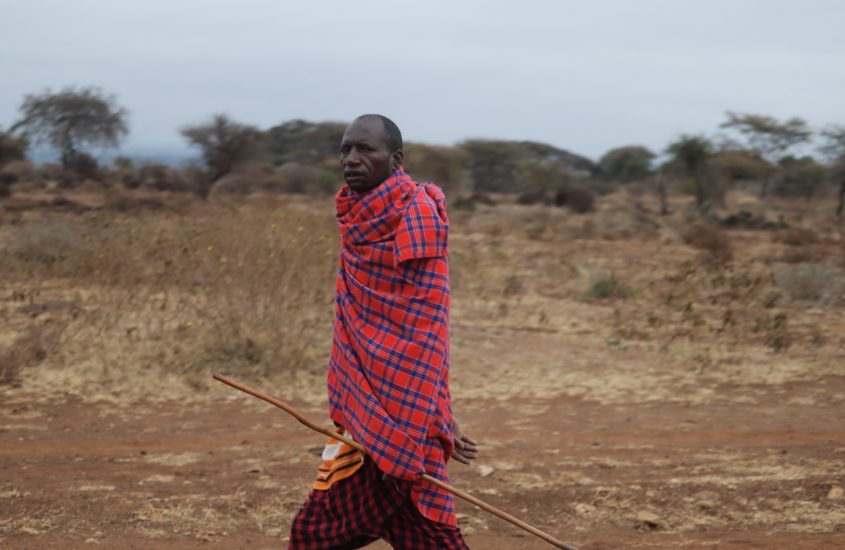
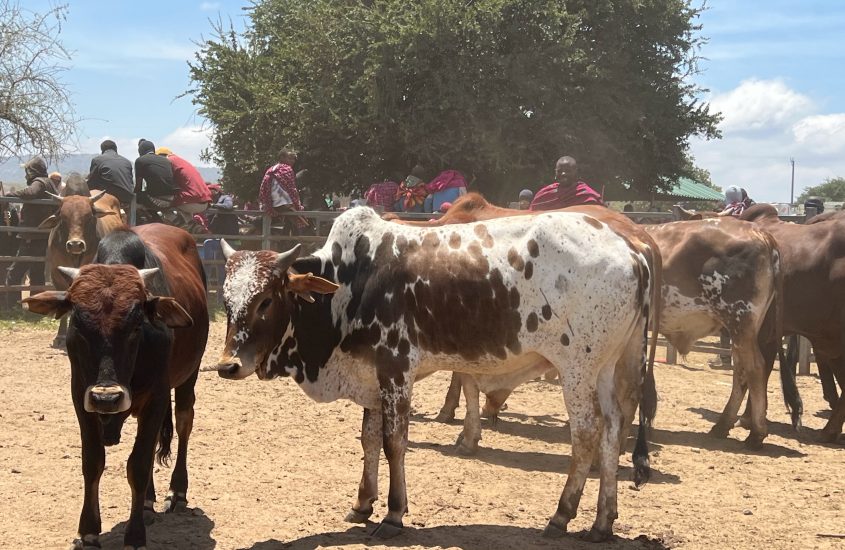
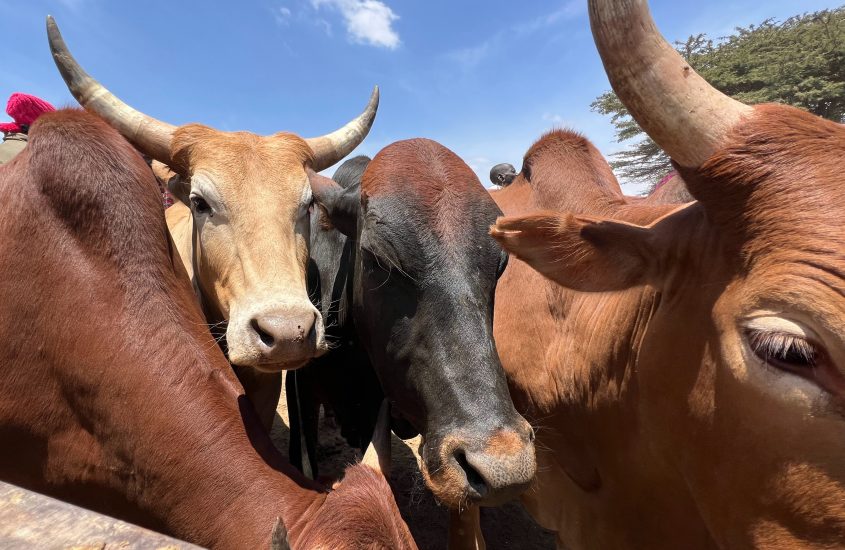
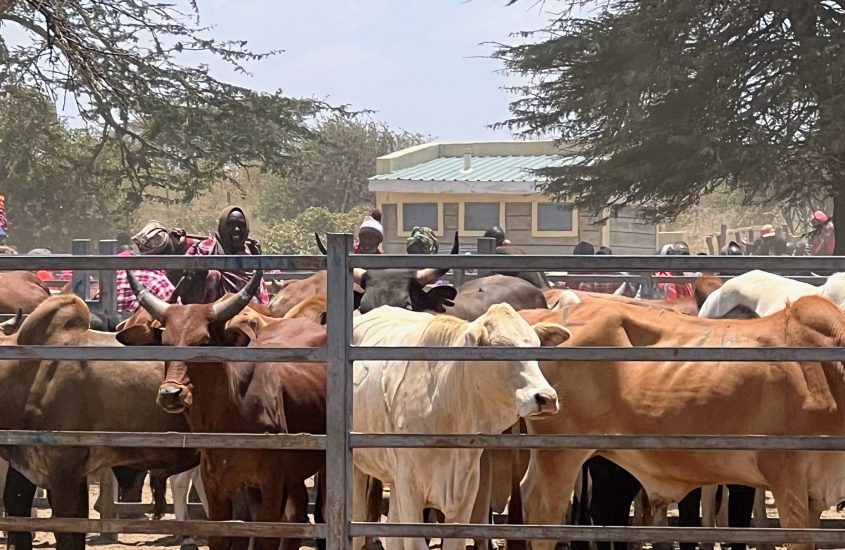
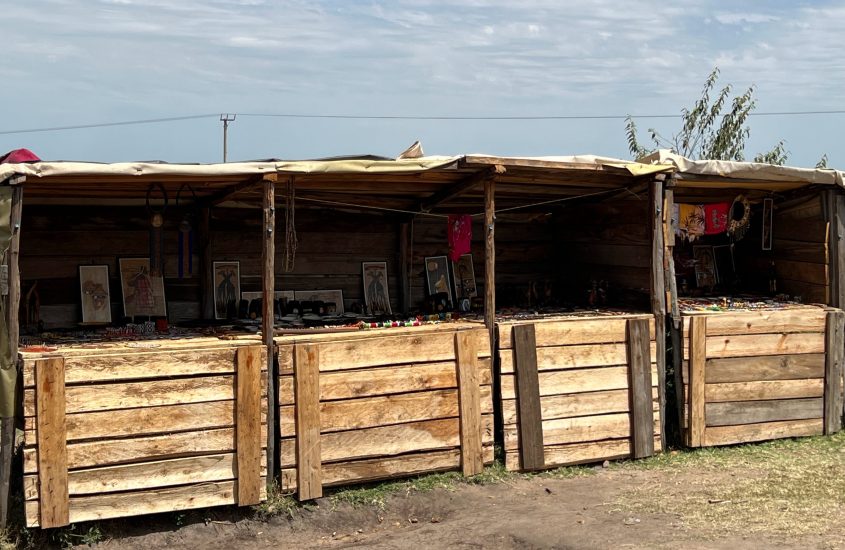
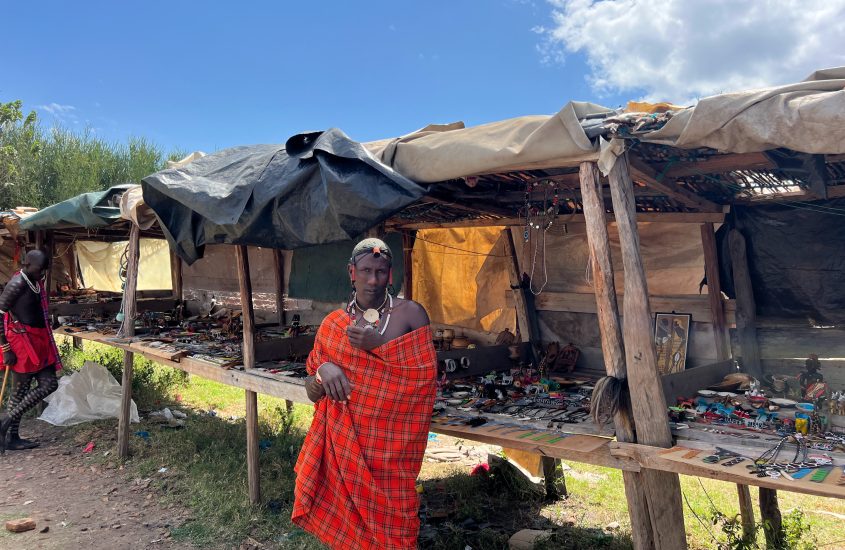
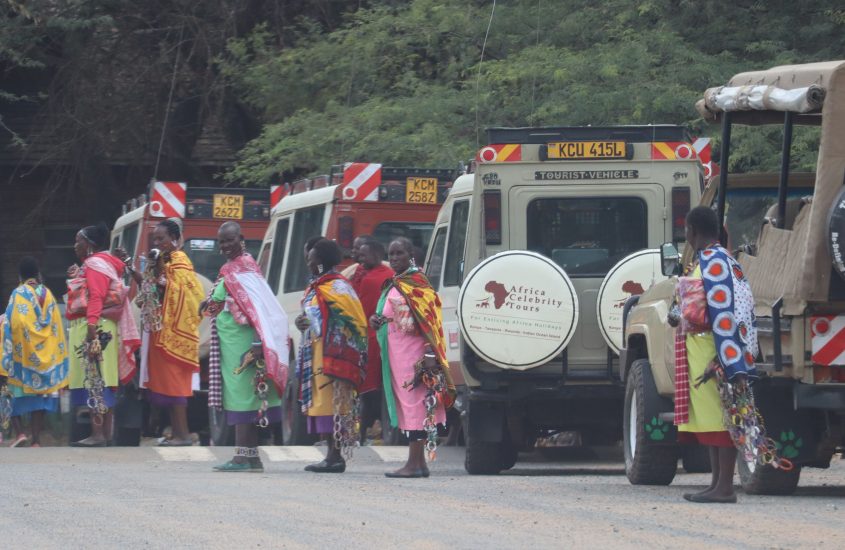
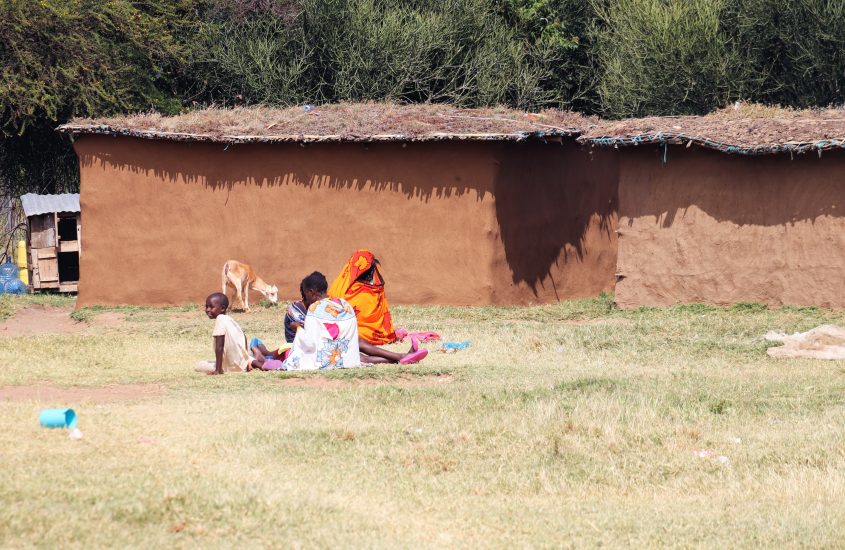
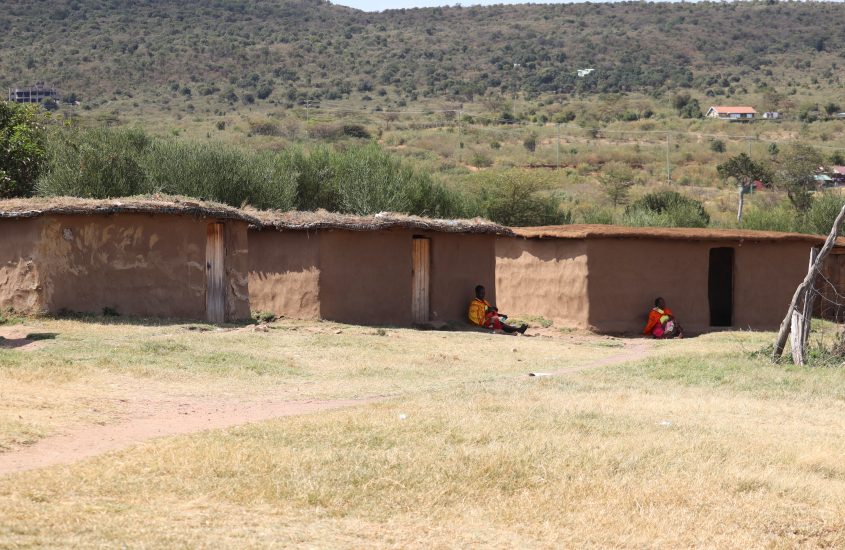
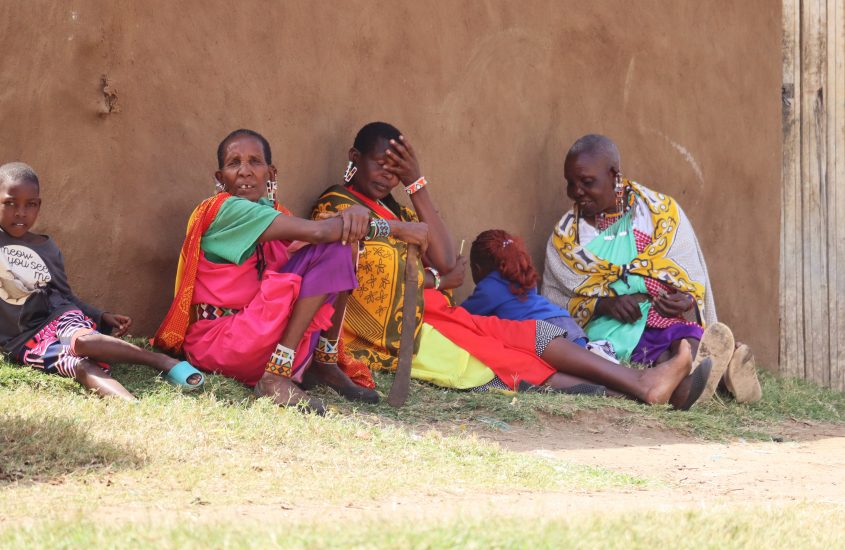
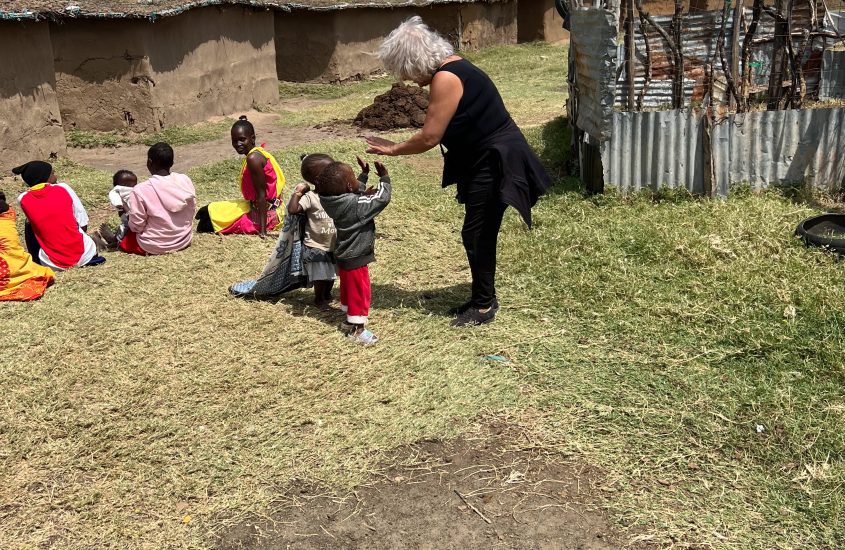

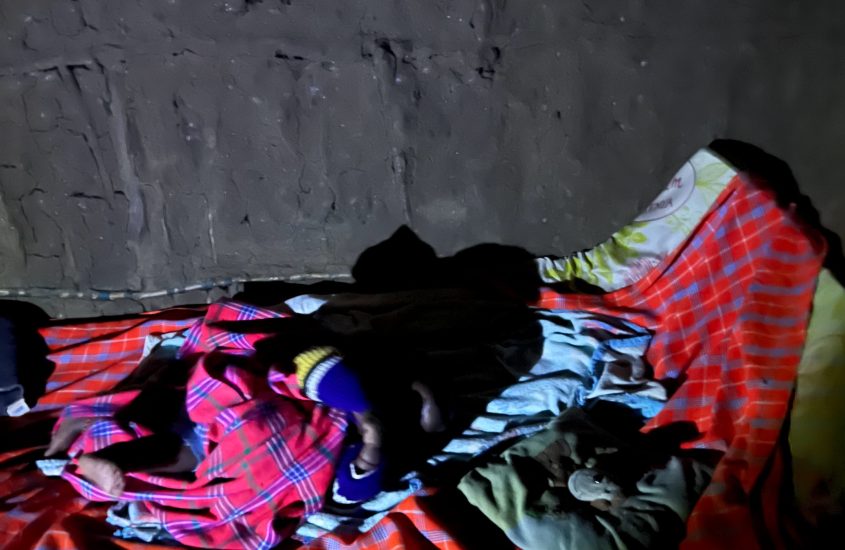
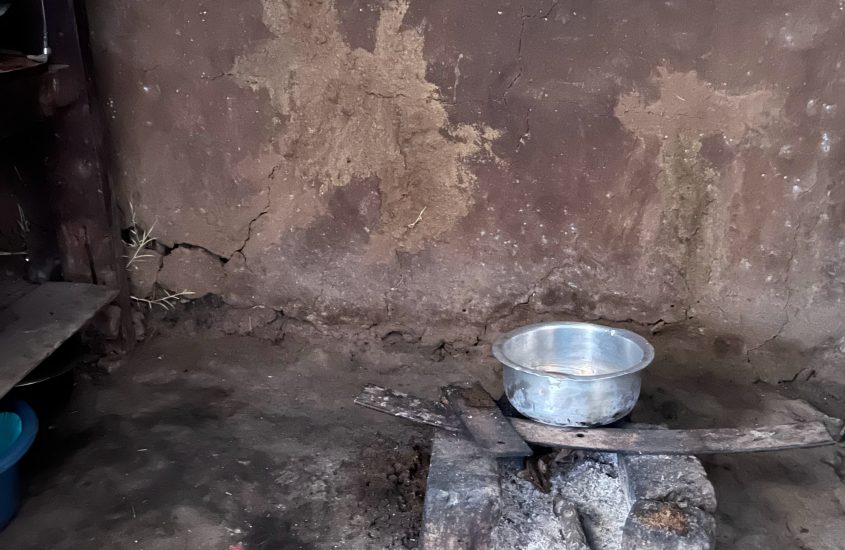

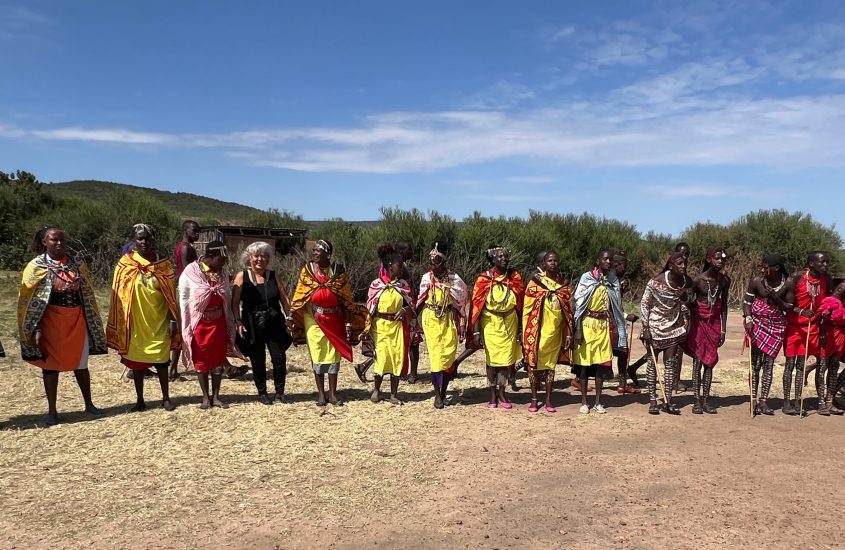
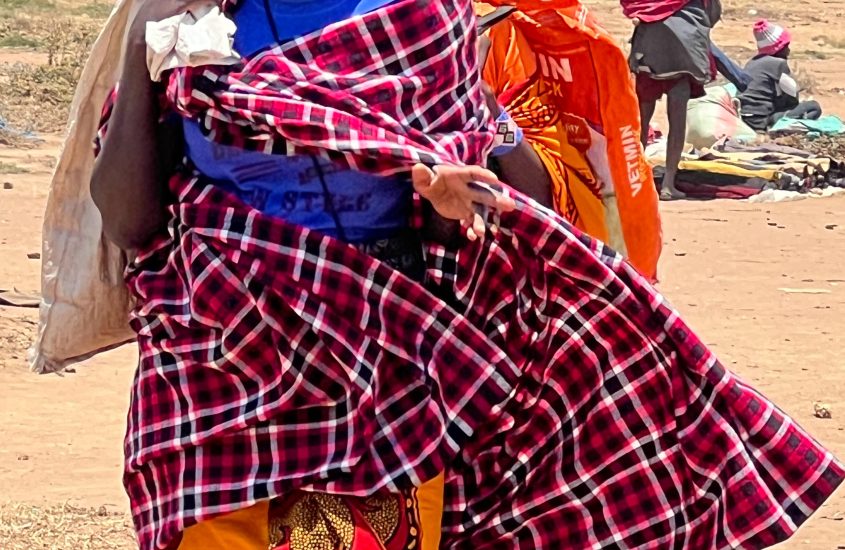
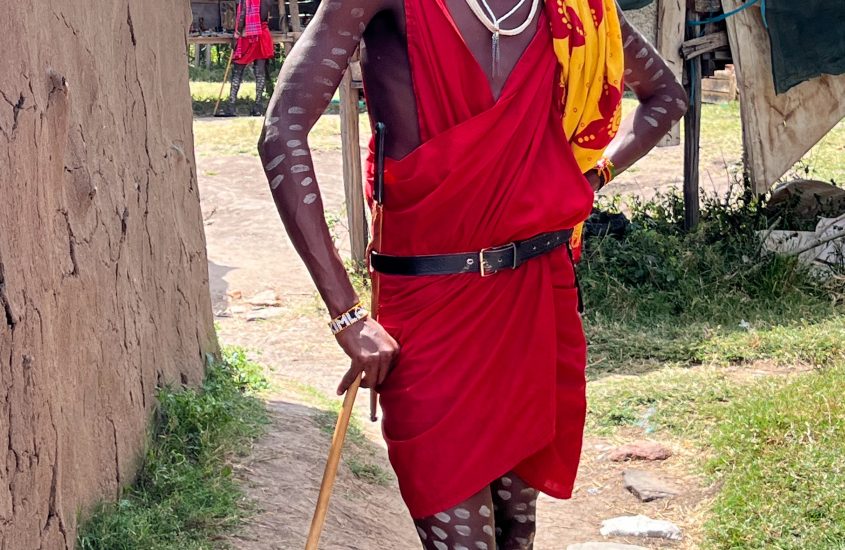
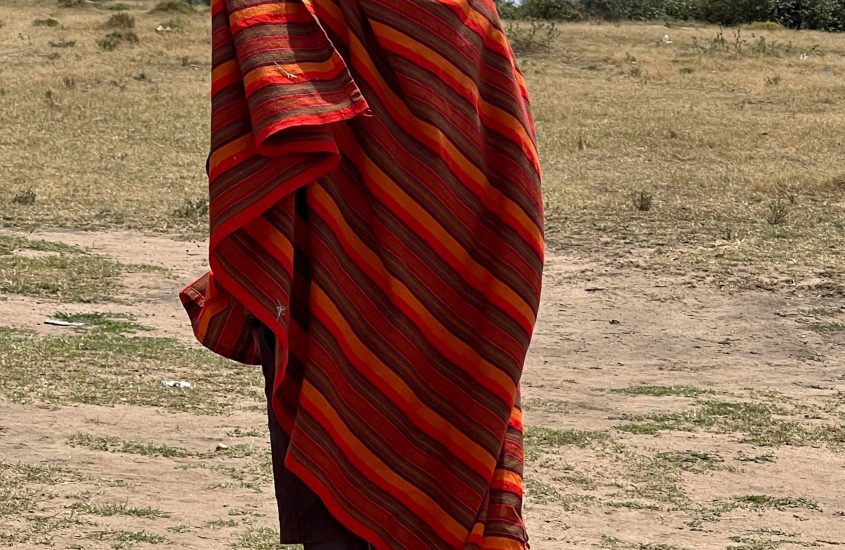
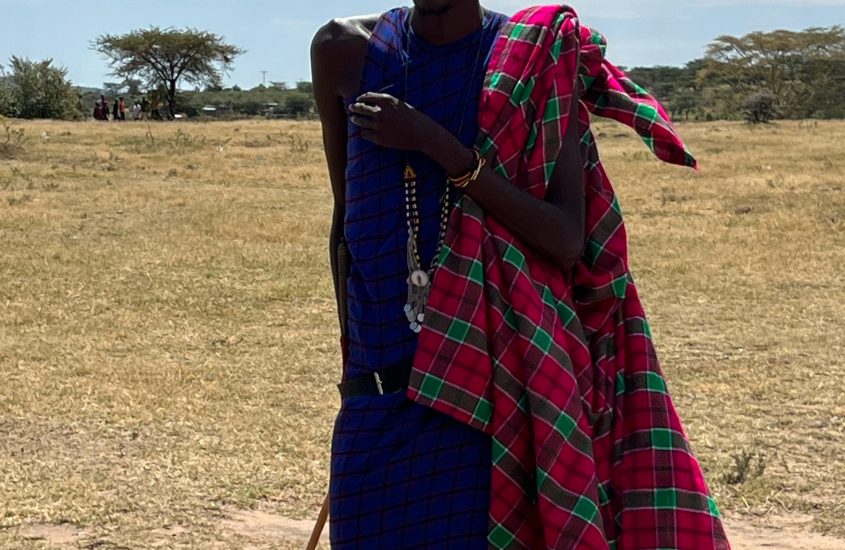
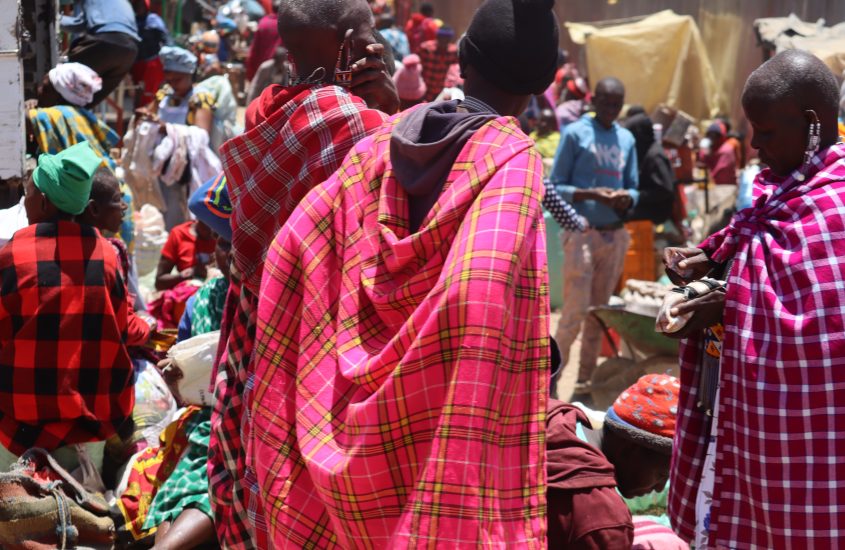

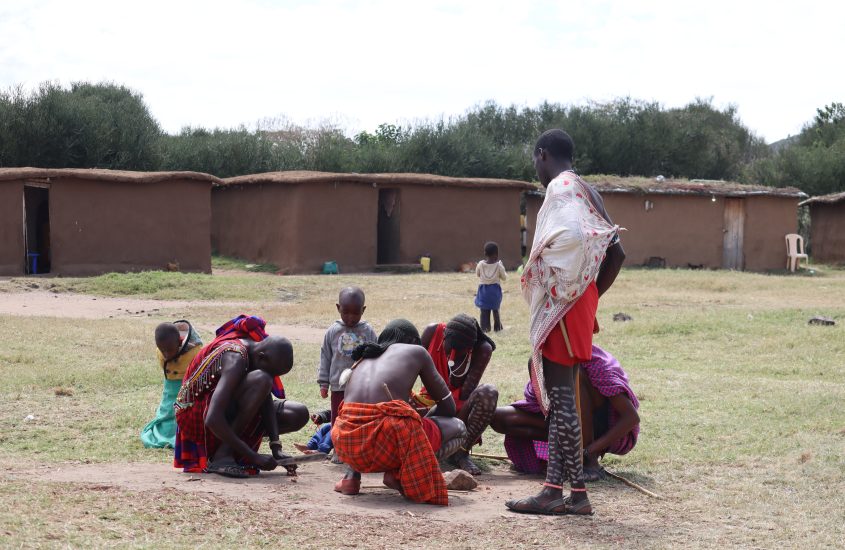

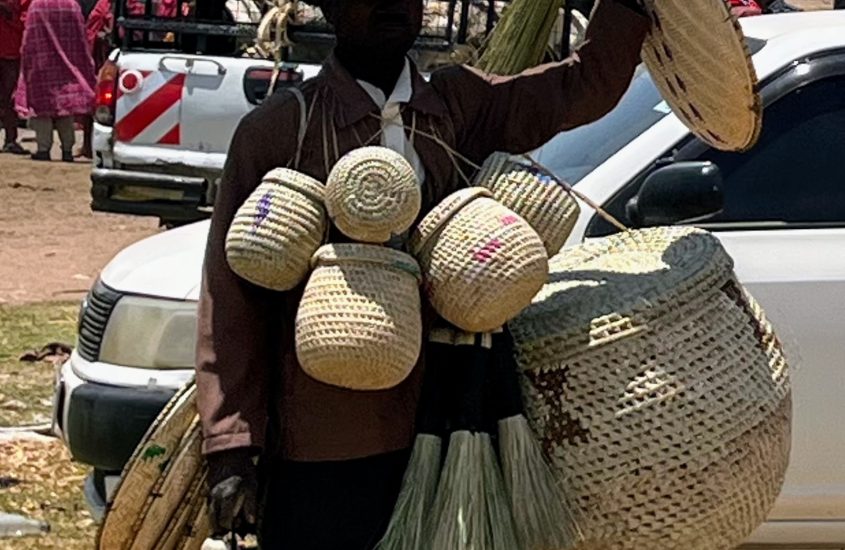
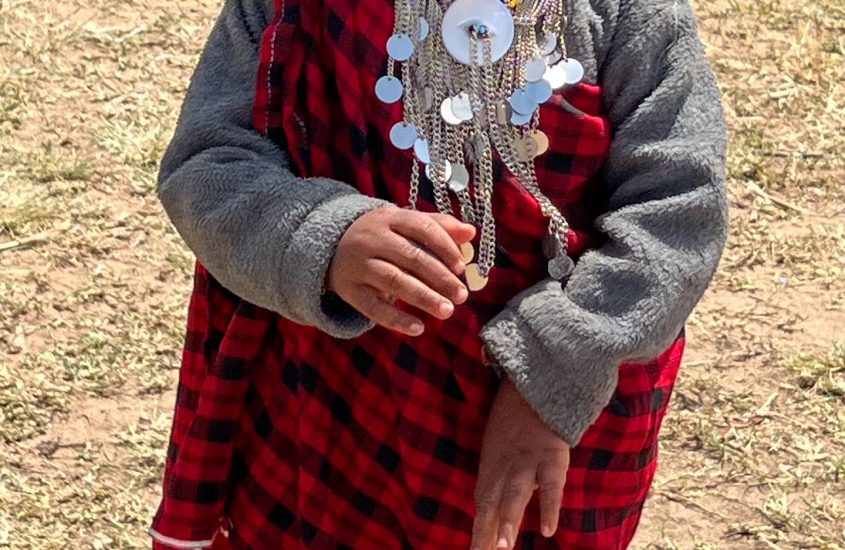

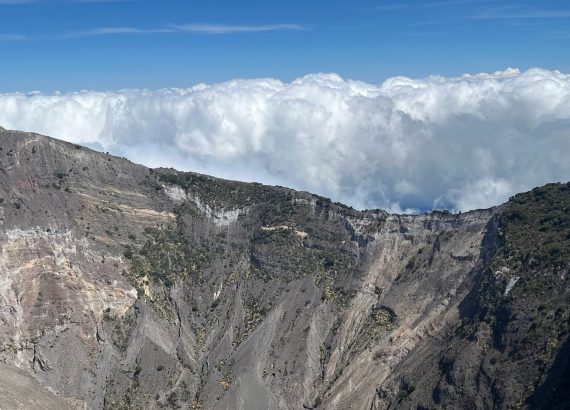
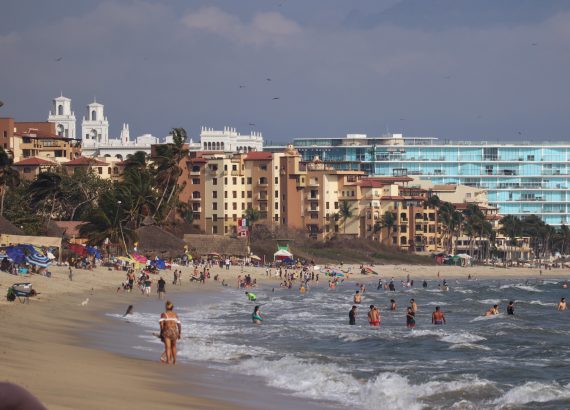
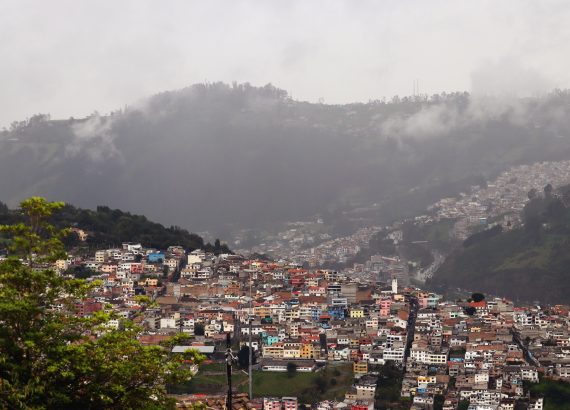
No Comments